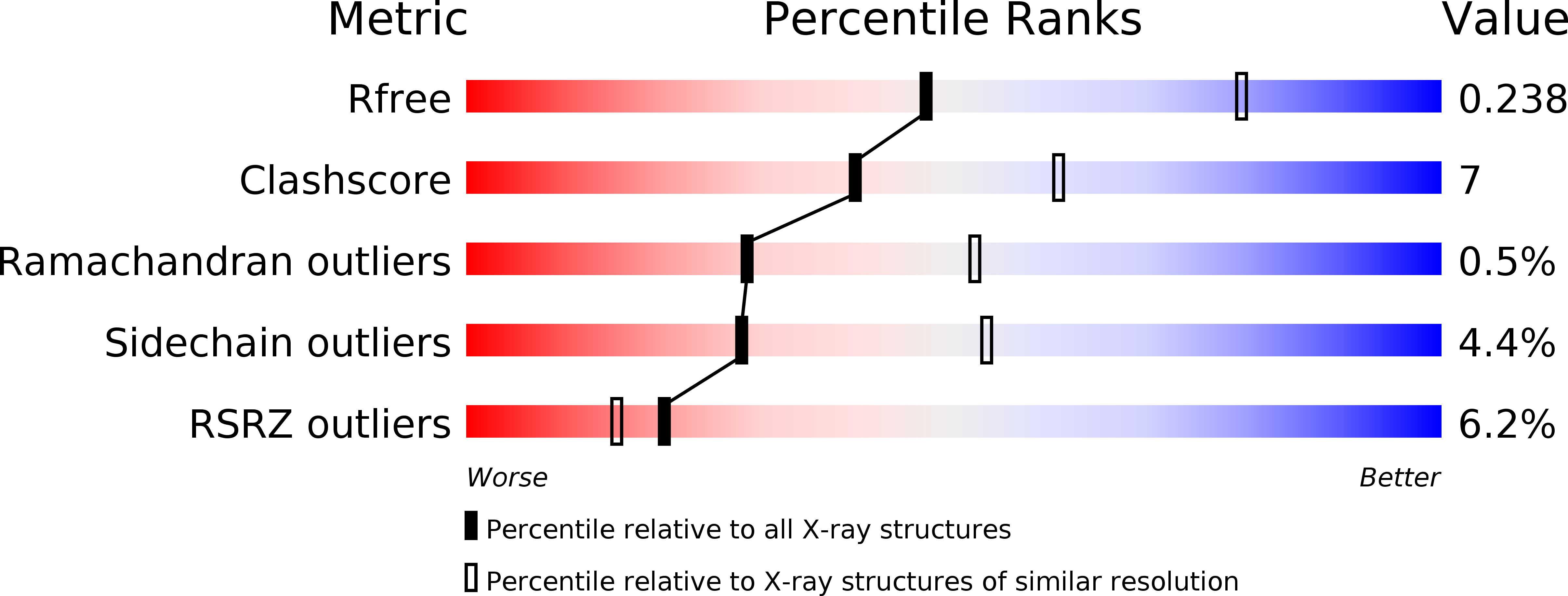
Deposition Date
2016-06-02
Release Date
2017-04-12
Last Version Date
2024-03-06
Entry Detail
PDB ID:
5KBA
Keywords:
Title:
Computational Design of Self-Assembling Cyclic Protein Homooligomers
Biological Source:
Source Organism:
synthetic construct (Taxon ID: 32630)
Host Organism:
Method Details:
Experimental Method:
Resolution:
2.60 Å
R-Value Free:
0.23
R-Value Work:
0.20
R-Value Observed:
0.20
Space Group:
C 1 2 1


